The Essential Gear and Knowledge That You Need to Prepare for Mishaps in the OutbackAs we’ve mentioned in previous blogs, one of the main reasons that we started our HCS website back in 2016 was to share the knowledge that we had acquired during our many years of Hiking, Camping and Shooting. So we’re always gratified when someone reaches out to us to say that they found our gear evaluation criteria, product information, blogs, adventure photos, "Useful Apps", and "Other Helpful Information Sources" links to be helpful. In that vein, this week, Marc and his son Tyler (who is in the process of earning his Boy Scout Wilderness Survival Merit Badge) dropped us a note to say that they found our site to be helpful. And, as with many contacts that we receive, Tyler wanted to “pay it forward” by letting us know about another great online resource that he had found; an article from Advantis Medical on “First Aid and Outdoor Recreation”. Since we’re always looking for additional information, we checked out the article. The article starts out with 9 paragraphs discussing a few of the most significant First Aid risks that you can face when hiking - at a high level:
But the real payoff of the article is the fact that it has links to 14 other webpages that cover a wide variety of wilderness First Aid topics from a broad set of viewpoints. So it’s a great starting point to jump off from.
For us the topic of First Aid is so important that we have different gear for Hiking and Camping and Disaster Preparedness – since because Camping normally includes getting further from civilization, staying overnight and making meals outdoors, the level of activities and risk increases, and in Disasters there are more extenuating circumstances that require additional supplies. So, if you’re interested in relooking your First Aid gear and knowledge before you head out into the wilderness again you should take a look at some of this material. I know that with these resources Tyler won’t have any problem obtaining his Boy Scout Wilderness Survival Merit Badge.
0 Comments
A&D Medical UA-611 Upper Arm Blood Pressure Monitor As mentioned in our last blog, a couple of weeks ago I got into a discussion with a friend of mine who’s an EMT about the type of gear that you should have for emergency and disaster preparedness situations. As we discussed all of the items that we have in our “just in case” kit there was one item that he mentioned that I had never really considered – a blood pressure monitor. My friend’s point was that in many situations a key indicator of a person’s immediate health status, especially after an accident, is their blood pressure and heart rate (e.g. pulse). He said that in his line of work knowing these facts about a person often indicate how critical their situation is and how quickly the EMTs need to act. To state the obvious – blood pressure issues come in two varieties: high blood pressure (hypertension) and low blood pressure (hypotension) – and there’s a well-established range of normal blood pressure for nominal health. After a traumatic experience your body can react in a variety of ways. This may include injuries that are visible to you, but incidents can also have an impact on your internal systems and their functions. One high-level indicator of potential problems is high blood pressure. Blood pressure that is unusually high after an incident can be the result of a wide range of causes. Immediately after an incident it is not unusual to see a temporary spike in blood pressure. In response to stress or trauma, your body releases stress hormones into the bloodstream, including adrenaline. This can initiate a “fight or flight” response. Adrenaline also causes a temporary spike in blood pressure as your heart beats faster and blood vessels begin to narrow. Normally this spike will go away after a short period of time. With regards to high blood pressure not directly related to a specific incident, most people actually have no symptoms of hypertension – but some items to look for are:
On the other hand, low blood pressure, means that the pressure of blood circulating around the body is lower than normal, or lower than expected given the environmental conditions. With respect to emergency situations, the main causes of low blood pressure include blood loss (from either external or internal bleeding), dehydration, allergic reactions and infections. Low blood pressure can have a negative impact on the body. For example, vital organs (particularly the brain) may be starved of oxygen and nutrients if your blood pressure is too low. Symptoms of low blood pressure include:
So, based on our discussions, I decided to add a blood pressure monitor to our Disaster Preparedness kit. There are a wide range of these devices on the market ranging in price from $25 to $150. Since we were not adding a monitor for everyday use, we looked at the features that my friend recommended and focused on: 1) device quality and accuracy, 2) automated functionality, 3) clear readout display, 4) ability to measure systolic (top number) and diastolic (bottom number) blood pressures and heart rate. After some online research we purchased the A&D Medical UA-611 Upper Arm Blood Pressure Monitor since it met all of our criteria and was reasonably priced. The monitor has a one button control, comes with a latex-free/metal-free upper arm cuff, an easy to read display and an irregular heart beat (IHB) indicator. We’re not sure how often we’ll use the device – but my friend convinced me that it was worth having one in hand – so we’ve added it to our Disaster Preparedness gear. If you want more detail the A&D Medical UA-611 upper arm blood pressure monitor you can find it here:
https://medical.andprecision.com/product/ua-611/ North American Rescue Combat Application Tourniquet (C-A-T) Last week I got into a discussion with a friend of mine who’s an EMT about the type of gear that you should have for emergencies where a victim is severely bleeding, and we spent a fair amount of time discussing the importance of tourniquets. Because the data (especially the data from the US military in Iraq and Afghanistan where IEDs were prevalent and body armor decreased the number of immediate deaths) shows that using tourniquets can have a significant impact on saving the lives of wounded people, I thought that I would lay out the facts in this blog. For years the approach to treating people in trauma situations was ABC (Airway, Breathing, and Circulation), but over the past 20 years the priority order for lifesaving treatments in emergency situations has transitioned to MARCH (Massive Hemorrhage, Airway, Respiration, Circulation, Hypothermia/Head Injury). So these days, upon arrival as you evaluate the person for trauma, the most notable, life-threatening condition is massive hemorrhage. Massive hemorrhage can kill people faster than an airway complication, because we don’t have much blood in our bodies in the first place (~5 liters is the average). Depending on the location of the wound, direct pressure, pressure dressing, wound packing (with or without a hemostatic agent) or tourniquets are the immediate field solutions to the problem. “The breakthrough paper that resulted was published in a 1996 issue of Military Medicine and ushered in the dawn of Tactical Combat Casualty Care (TCCC). TCCC launched a total reassessment of best practices in casualty management on the battlefield because of the penetrating wounding patterns found there. With 60 percent of preventable combat deaths identified as extremity hemorrhage, 33 percent as tension pneumothorax—a life-threatening chest injury— and 6 percent as airway obstruction, TCCC shifted the treatment priority from the standard prehospital protocol of airway management first to controlling the massive hemorrhage due to extremity trauma. This change meant that something as simple as applying a tourniquet could potentially save many lives on the battlefield. Military research began to focus on identifying a standard-issue tourniquet that was safe, effective, easy-to-apply and ruggedized for austere environments.” - North American Rescue - Winter 2012-2013 by Ricardo Flores Following the discussion with my friend I happened to have another similar discussion with a Navy Pararescue specialist. He reiterated the points covered in my previous discussion and emphasized that at the shooting range and in the back country it is imperative that you carry a tourniquet; and the only one that he recommended was the Combat Application Tourniquet (C-A-T) by North American Rescue - which is now the standard in the US military based on years of studies. “In 2004, the U.S. Army Institute of Surgical Research (USAISR) conducted a study of seven commercially available, off-the-shelf tourniquets for their effectiveness in stopping blood flow with the least amount of pain during application. Three of the seven were 100 percent clinically effective in occluding blood flow. However, USAISR recommended the C-A-T as the primary battlefield tourniquet based on its overall performance—less painful, easier to use, as well as smaller and lighter than the other tourniquets evaluated. In 2008, a study of battlefield data from a combat support hospital in Baghdad published in the Journal of Trauma validated the earlier USAIR conclusions. The C-A-T was identified as “the best combat tourniquet” In 2011, another study published in Military Medicine further validated the earlier studies and continued to hail the U.S. military’s primary tourniquet, the C-A-T, as the safest and most effective combat tourniquet requiring 30 percent less pressure to achieve success.” - North American Rescue - Winter 2012-2013 by Ricardo Flores Because of this discussion we updated our gear by purchasing a C-A-T tourniquet to replace our older gear. The CAT currently on the market is the 7th generation of the tourniquet and is recognized as the fastest, safest, and most effective prehospital field tourniquet available. It has proven to be 100% effective in occluding blood flow in both upper & lower extremities by the U.S. Army’s Institute of Surgical Research. The C-A-T comes in both black and orange. We purchased the orange version so that we can very easily locate it in our kit in an emergency situation. As with all tourniquets the main thing to remember if you have to apply one to a victim is to place it “high and tight” – high above the wound to stop the circulation above the point of bleeding and tight enough that you cannot put your fingers under the band; even if this is painful to the victim. Once in place do not ever remove the tourniquet unless you absolutely have to so that you can make it tighter because the bleeding restarts and you don’t have a second tourniquet to place adjacent to the initial tourniquet. With respect the C-A-T, “The Gen 7 CAT utilizes a durable windlass system with a patented free-moving internal band providing true circumferential pressure to the extremity. Once adequately tightened, bleeding will cease and the windlass is locked into place. A hook and loop windlass retention strap is then applied, securing the windlass to maintain pressure during casualty evacuation”. Here are the high level instructions for using the C-A-T tourniquet. It should be noted that tourniquets should normally only used for extremities (arms and legs) when the bleeding cannot be stopped by the use of direct pressure alone, if direct pressure cannot be effectively applied for any reason, or if it is clear that the injury is so massive that attempting to use direct pressure will fail and only waste valuable time. There is an intermediate option of “wound packing” that can be used if applying direct pressure is not sufficient to stop the bleeding and the wound is on the neck, armpit, shoulder or groin. Because of the critical internal organs - the only viable field solution to wounds to the chest, abdomen, lower back, pelvis and skull is applying direct pressure.
The nominal order of the steps that you should take to “stop the bleed” is:
If you want more details about the C-A-T Combat Application Tourniquet you can find it here: https://www.narescue.com/combat-application-tourniquet-c-a-t.html Here’s a great presentation by North American Rescue on “Small Limb Hemorrhage Control” that covers all this material in detail: https://www.narescue.com/education/cat-tourniquet-education/small-limb-hemorrhage-training-ppt.html In addition, other CAT Tourniquet Educational Materials can be found here: https://www.narescue.com/education/cat-tourniquet-education.html Just remember – with respect to traumatic bleeding – If it won’t quit - - - Tourniquet! Latest Side-by-Side Comparison from Sport Fitness Advisor Well today’s the first day of Spring here in North America – so I guess it’s time to get ready to get back outside in the great outdoors; and we all know what that means – Gear Preparation. To get ready for the Hiking and Camping season everyone has their own routine. What we do is take out all our gear, check it over for usability, clean up anything that needs a little tender care and evaluate what we have against the newest gear available to see if our gear has either “aged out” or if there are new products on the market that are significantly better than what we have. This allows us to make sure that the gear we take with us works when we need it in the outback, and keeps us up to date on the latest items on the market. Checking over all of your gear at the beginning of the season doesn’t’ sound like a lot of fun – but trust us – it’s better to find out now that you need a new piece of gear rather than the day before a trip, or even worse, on the trip. To compare our gear against what is currently on the market we always head to our local outdoor stores (to see as many items as possible in person) and to the internet to read the great gear reviews that are online. Of course, many items don’t change that much from year to year (we doubt that we’re ever going to replace our Council Tool Woodcraft 24" Pack Axe, Gerber E-Tool Folding Spade, Buck 110 or Army Survival Knife), but we always like to keep current with what’s out there “just in case”. While we were checking our gear for the 2022 Spring/Summer/Fall season we were contacted by Jillian, an editor from Sport Fitness Advisor about a comprehensive guide that they had just published about the "Best Backpacking Stove". Since our site focuses on the specific gear selections that work for us, and our specific situation, and provides our evaluation criteria and rationale for selecting our gear, we don’t provide detailed side-by-side comparisons of products. That doesn’t’ mean that we don’t read a lot of the websites that provide side-by-side product comparisons – because we most certainly do – we just find that many of these sites do this better than we would (because of the size of their staff and budget). So our HCS site has direct links to many of the sites that do specialize in detailed gear reviews, just in case you want to see the side-by-side comparisons. Of course, we love it even more when a site that has evaluated the latest gear reaches out to us to let us know about a comparison our readers would be interested in; like Sport Fitness Advisor did. We really liked the "Best Backpacking Stove" article because it was comprehensive in covering what features you need and why you need them. And, as all of our readers know, we think that providing you the most important evaluation criteria is vital since it allows you to assess if your situation equates to the evaluators when you make your gear selection decision. If it does – fine. If it doesn’t - then you can use the detailed information to make a gear selection that better fits your specific situation. Here’s what the Sport Fitness Advisor article covers:
For comparison’s sake our evaluation criteria for compact hiking/camping stoves include:
The 10 stoves that Sport Fitness Advisor covers in their article include:
We don’t want to give away their conclusions, so you should go read the "Best Backpacking Stove" article for yourself; it’s worth a few minutes of your time.
In addition to their recent article about the “Best Backpacking Stove” Sport Fitness Advisor has numerous other articles related to Hiking and Camping. You should go take a look. https://www.sport-fitness-advisor.com/?s=hiking https://www.sport-fitness-advisor.com/?s=camping If you would like to see another expert opinion on what the best backpacking stoves currently on the market are - you should check out Clever Hiker’s latest list of “Best Backpacking Stoves”; he’s always got great insight into the gear you need. Last Year We Had More Readers Than Ever BeforeLike most websites, ever since we launched our Hiking, Camping and Shooting (HCS) website we’ve tracked the statistics to see who our readers are, where they’re located and what they read. Since 2021 recently finished we thought that we would share some of our latest statistics from the year with all of you. In 2021 our readership increased by 32% and came from 112 different Countries from around the world. We had an increase of 10% of our readers coming from countries outside of the US, but 77% or our readers still came from the United States. The largest concentrations outside the US were from the following 20 Countries:
We have readers from all 50 of the United States - with the largest concentrations being in the following 20 States:
The 35 pages and blog posts that people read the most during 2021 were: Like 2020, in 2021 we had more page views on our "Shooting" pages than either our "Hiking" or "Camping" pages. Probably because of the craziness of 2021, and the fact that approximately 38.9 million new firearms were sold in the United States during the year. The majority of our users look at our website between the hours of 10:00 AM and 1:00 AM. Most of our readers find us either by searching on Google (82%) or by previously having been to our website and coming directly to us (13%). A much smaller percentage (5%), find us through other sources to include our Hiking, Camping and Shooting Facebook page. The majority of our users view our website from either their mobile device (55%) or their desktop computer (43%) using either Chrome (51%) or Safari (37%) browsers. Since we launched our website back in April 2016 we've had people from 143 different countries stop by with 79% coming from the US and the other 21% from all over the World. The top 25 international countries and the top 25 US States are:
Hopefully this data shows you that in 2021 you were in good company as you read through our Hiking, Camping and Shooting gear write-ups and blog posts. We hope that they gave you some information that made all of your adventures a little more fun. Wherever you’re from, we’re glad that you stopped by to look over our HCS website and look forward to seeing you again in 2022.
We Have Readers from All Over the World Like most websites, ever since we launched our Hiking, Camping and Shooting (HCS) website we’ve tracked the statistics to see who our readers are, where they’re located and what they read. Since 2020 just finished we thought that we would share some of our statistics from the year with all of you. In 2020 we had readers from 81 different Countries from around the world, with 87% or our readers coming from the United States, and the largest concentrations outside the US being from the following 20 Countries:
In fact we've now had people from 126 different countries view our website over the past 3 years (2018, 2019 and 2020). We have readers from all 50 of the United States - with the largest concentrations being in the following 15 States:
The 25 pages and blog posts that people read the most during 2020 were: Unlike the previous two years, in 2020 we had far more page views on our "Shooting" pages than either our "Hiking" or "Camping" pages. Probably because of the craziness of 2020 and the fact that approximately 40 million new firearms were sold during the year. The majority of our users look at our website between the hours of 9:00 AM and 12:00 AM (midnight). Most of our readers find us either by searching on Google (82%) or by previously having been to our website and coming directly to us (10%). A much smaller percentage (5%) find us through our Hiking, Camping and Shooting Facebook page. The majority of our users view our website from either their mobile device (50%) or their desktop computer (46%) using either Chrome (51%) or Safari (36%) browsers. Hopefully this data shows you that in 2020 you were in good company as you read through our Hiking, Camping and Shooting gear write-ups and blog posts. Our wish is that they gave you some information that made all of your adventures a little more fun. Wherever you’re from, we’re glad that you stopped by to look over our HCS website and look forward to seeing you again in 2021.
Another Piece of Gear for Your Disaster Preparedness Kit Aside from the canned vegetable and fruit additions mentioned in our previous blog, there was only one other piece of gear that we thought we should add to our Disaster Preparedness gear to assist in a situation that lasted longer than 2 weeks; an Emergency Dental Kit (EDK). According to the American Dental Association, there are more than 2.1 million visits to the emergency room for dental related cases each year. Of these 80% (1.65 million) don’t actually require emergency treatment and could probably be diverted to the dental office on a semi-urgent basis (“Majority of Dental-Related Emergency Department Visits Lack Urgency and Can Be Diverted to Dental Offices”). But accidents do happen and dental issues need to be taken care of expeditiously to prevent problems like:
Because of this you need to include dental health in your emergency preparedness plans. Especially since, in a disaster you may not be able to get to a dentist, or a dentist may not be available – and no one wants to be like Tom Hanks in the movie “Castaway”. So, for emergencies involving your teeth, you should have the essentials for treating minor dental pain and injuries in your Disaster Preparedness kit. When looking for, or making, an EDK you should look for a kit that includes the following items:
Rather than build a kit on our own we searched the internet and found Dr. Stahl's Emergency Dental Kit. It contains the almost all of the items we were looking for to include:
In our opinion the Dr. Stahl Dental Kit has all the essentials for temporarily treating minor dental pain and injuries. Adding this EDK to the rest of our First Aid Supplies ensures that we’re prepared for any small dental issues during a short duration disaster. The kit even comes with an order form that you can use to purchase refills if you use an item or just want additional supplies. It's imperative to take care of your teeth – even in a disaster. Since you never know when a dental emergency will come up and you won't be able to get to a dentist quickly, you should have an EDK on hand. You can buy the Dr. Stahl EDK at CampingSurvival.com. If you want more details on EDKs, here are a couple of good articles to read: How to Build a Dental Emergency Kit How to Make a First Aid Kit for Dental Emergencies What Do You Need if a Disaster Lasts More Than 2 Weeks If you look through our previous blog posts discussing Disaster Preparedness, or review the gear that we list on our Disaster Preparedness page, you’ll notice that we advocate planning for a 3 day to 2 week period where you need to be self-sufficient. Obviously this overarching timeline drives what you need to plan for and what kind of gear you need to have stored away to support your plans. However, because of the recent COVID-19 impacts on “non-essential businesses”, we relooked our gear list to see if there were any other items that you might want to purchase ahead of time to allow for events lasting last longer than 2 weeks. If you already have all of the gear on our Disaster Preparedness list, then what you need most to be self-sufficient for more than 2 weeks is more food. However, this is a slippery slope since you then have to decide how much more food and what kinds of food to add to your 2-week supply. Short of becoming a full-blown “prepper” the best answer is to probably purchase more freeze dried meals (we like the Mountain House Classic bucket and Breakfast bucket), purchase more of the same non-perishable food items that we already recommend, and augment this supply with some canned vegetables and canned fruits. You might ask why we didn’t originally advocate storing canned vegetables or fruits for a disaster. Well, we didn’t put them on our 3 day to 2 week list because their dietary necessity is low in a short duration emergency (when compared to your body’s need or protein), because most people already have either enough fresh vegetables/fruits in their refrigerator, frozen items in their freezer, or canned items in their pantry to last for a few days, and because the stable shelf life of canned vegetables/fruits is shorter than other foods. But, if you need to plan to be self-sufficient for longer than 2 weeks you’re going to need vegetables and fruits – both for a healthy diet and for taste variety. Consequently, to prepare for a disaster that lasts more than two weeks, we would add some of the following foods – in quantities that support whatever duration we thought was prudent – to our Disaster Preparedness supplies: Canned Vegetables (generally have a shelf life of 3 to 5 years) - Artichoke Hearts - Asparagus - Carrots (dehydrated) - Corn - Diced Tomatoes (shelf life of ~2 years due to its acidic nature) - Green Beans - Green and Chili Peppers - Pumpkin - Spinach - Sweet Potatoes - Vegetable Medley - Yams Canned Fruits (generally have a shelf life of ~18 months) - Apples - Applesauce (like Go-Go Squeez) - Blueberries - Cherries - Fruit Cocktail - Fruit Slices (dehydrated) - Mandarin Oranges - Peaches - Pears - Pie Filling - Pineapple - Raspberries Here’s a good article from Happy Preppers on “37 Foods to Hoard: Survival food storage you can get from the grocery store”: - https://www.happypreppers.com/37-food-storage.html And, if you want to find out how long food will last, here’s a great website for that: Still Tasty – Your Ultimate Shelf Life Guide: - https://www.stilltasty.com/ Aside from these food additions there was only one other piece of gear that we identified which would be useful in a disaster situation that lasted longer than 2 weeks; a Dental First Aid kit. So we’ll talk about that in our next blog.
The Hierarchy of Survival Actions Since everyone is currently focused on surviving the COVID-19 (e.g. coronavirus) pandemic we thought that this would be a good time to discuss the hierarchy of survival actions – as dictated by the “Rule of Three”. For those of you not familiar with the “Rule of Three” it states that you can survive for 3 minutes without air/oxygen or in icy water. You can survive for 3 hours without shelter in a harsh environment. You can survive for 3 days without water (if sheltered from a harsh environment). You can survive for 3 weeks without food (if you have water and shelter). So what does the “Rule of Three” really mean? Well it’s pretty straightforward in directing what you need to focus on and how quickly you need to focus on it. After all, if you can’t breathe - you don’t need shelter. If you get hypothermia from the rain, heatstroke from the sun, or freeze from the cold - you don’t need water. If you are incapacitated or die from dehydration – you don’t need food. And, if you have a shelter and water, then knowing that you have 3 weeks to either improve your wilderness living situation, find a way to trek back to civilization, or help rescuers locate you, should greatly improve your mental condition – while you hunt and gather food.
As a specific example of this survival hierarchy, if you watch the TV “survival” shows (e.g. Naked and Afraid, Alone, Man vs. Wild, Dual Survival, etc.,) you can see that there is often a great difference between the initial actions that the experts and the novices take when dropped into the wilderness. Many of the novices start by trying to build a fire – something that may be important – but can take a significant amount of time and effort – and can prove to be very frustrating; a bad emotion to encounter on your first day in a survival situation. In contrast, you’ll notice that the experts normally try to find a good site for their shelter (near water if possible, sheltered from the wind, away from any flood plain and safe from any “widow maker” trees). Once they have located a good site they immediately try to build the best shelter that they can in the available time that they have before nightfall; knowing that they can always improve their shelter on Day #2 if they survive Day #1. As they collect materials for their shelter they might simultaneously gather materials to make a fire, but the fire is of secondary importance (especially since having a shelter will allow them to more easily build, light and protect a fire and any firewood they gather). Only once they have a shelter do they begin to focus in earnest on their needs for fire, a longer term water supply and how to acquire food. Rather than write a very long blog that still only superficially covers the vast amount of detail required to really prepare you for a survival situation, here’s a listing of six books that you might want to own so that you have access to the knowledge that the survival experts have honed over the years:
For more information on survival, especially what you might want to do to prepare for a potential short term disaster, you should check out our website’s “Camping/Maps and Books” and “Disaster Preparedness” pages. But, whatever else you do, please remember the “Rule of Three” - since it could save your life. We Have Readers from All Over the World Like most websites, ever since we launched our Hiking, Camping and Shooting website we’ve tracked the statistics to see who our readers are and where they’re located. Recently we’ve had a few people ask who reads our site – so we thought that we would share some of our statistics with all of you. We have readers from all 50 States - with the largest concentrations being in the following 15 States:
We have readers from over 90 Countries around the world - with the largest concentrations being in the following 20 Countries:
The 20 pages and blog posts that people have read the most over the past 3 years are: Most of our readers find us either by searching on Google (52.3%) or by previously having been to our website and coming directly to us (31.2%). A much smaller percentage (4.8%) find us through our Hiking, Camping and Shooting Facebook page: The majority of our users view our website on either Chrome (49.8%) or Safari (27.5%) browsers: Hopefully this data shows you that you’re in good company as you read through our Hiking, Camping and Shooting gear write-ups and blog posts. Our wish is that they give you some information that will make all your adventures a little more fun. Wherever you’re from, we’re glad that you stopped by to look over our HCS website!
|
What's On This Page?Here's where we post reviews, questions, answers, thoughts and other information that's of general interest to our followers in a blog format. Categories
All
Archives
August 2023
|
|
|
Copyright 2016-2024 Hiking, Camping and Shooting |
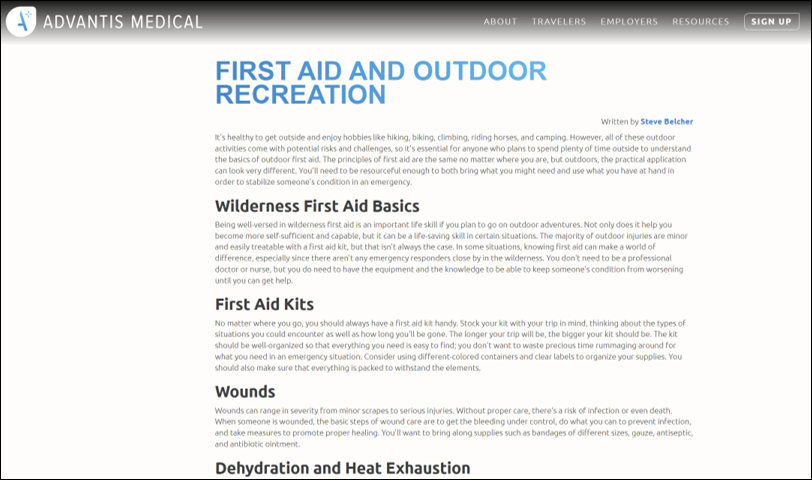


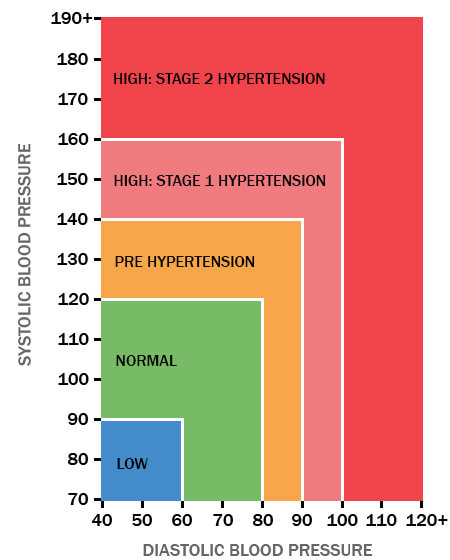
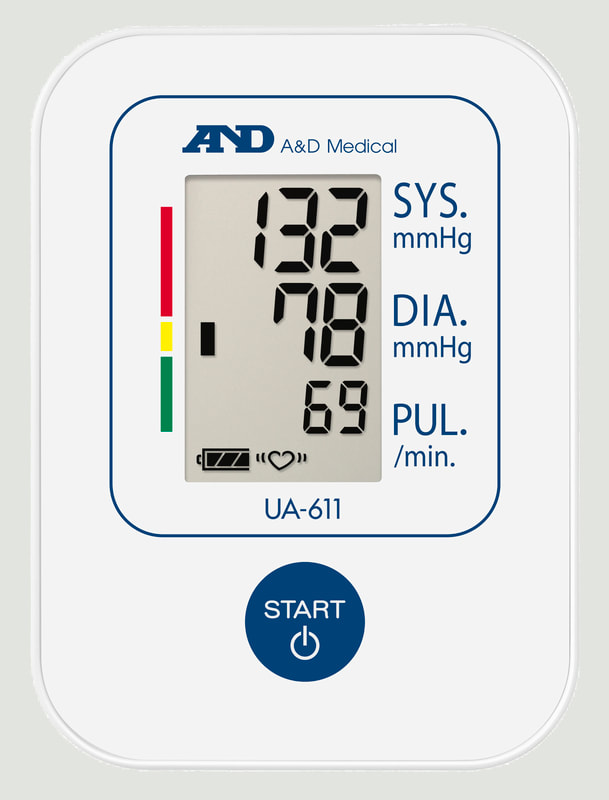
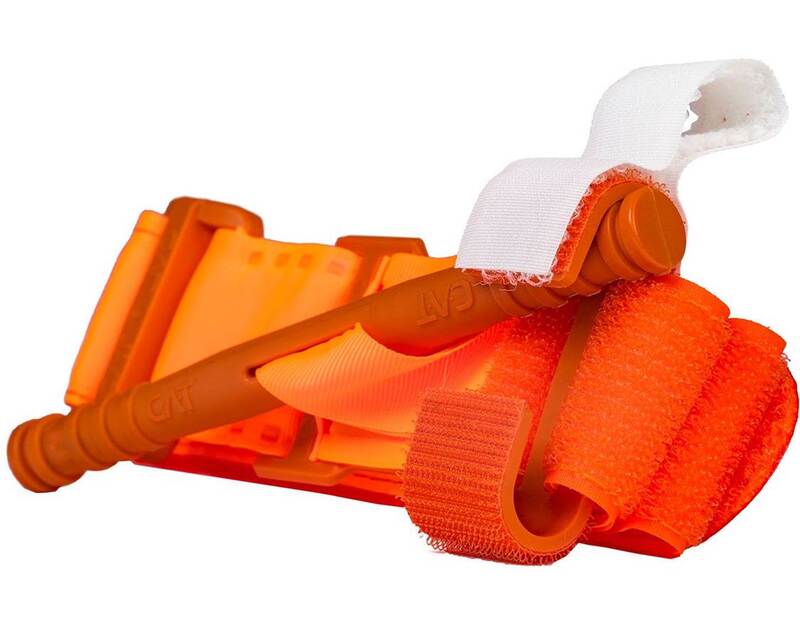
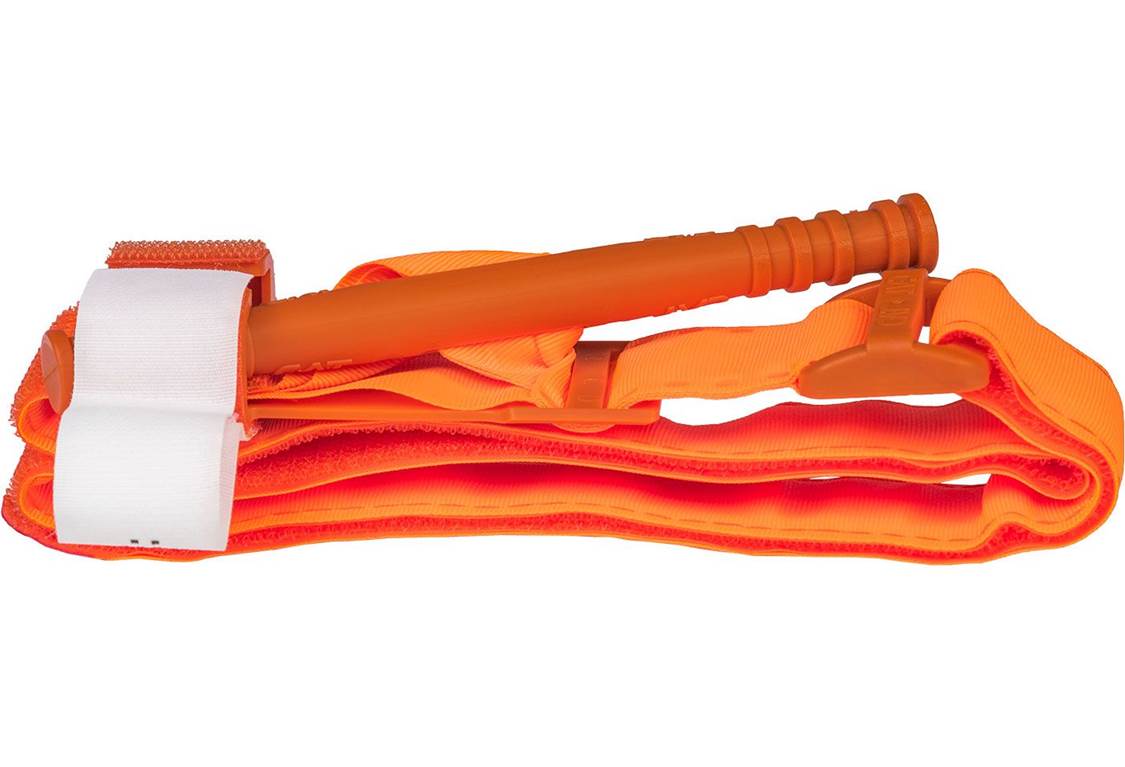
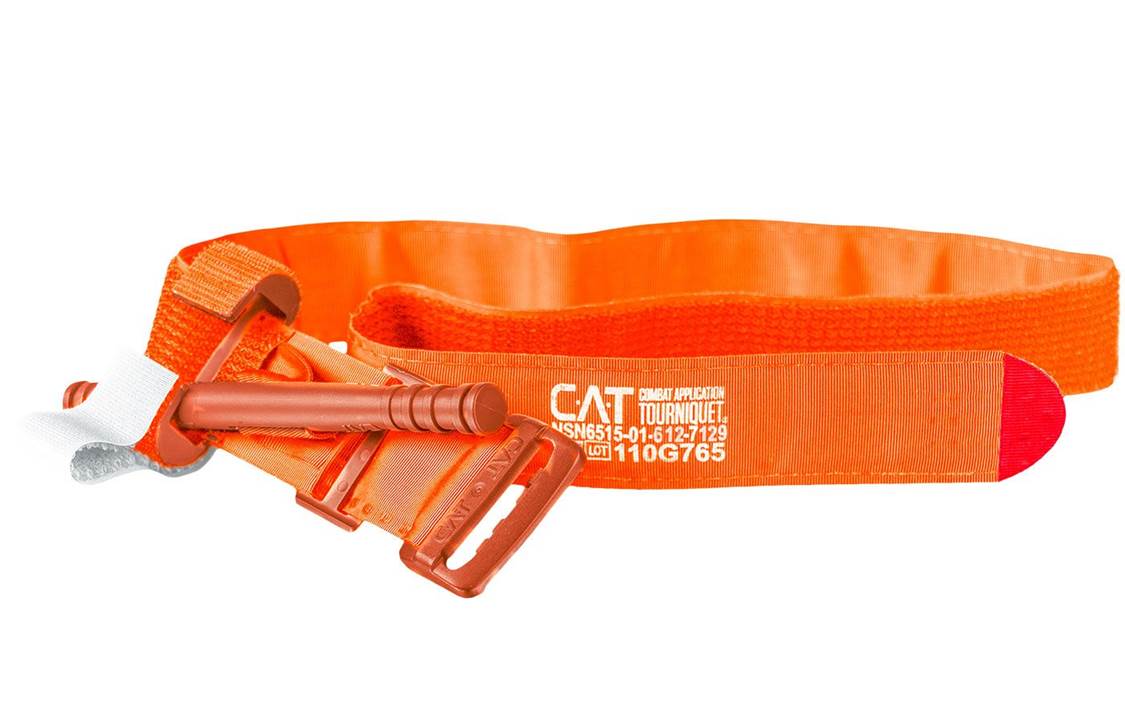
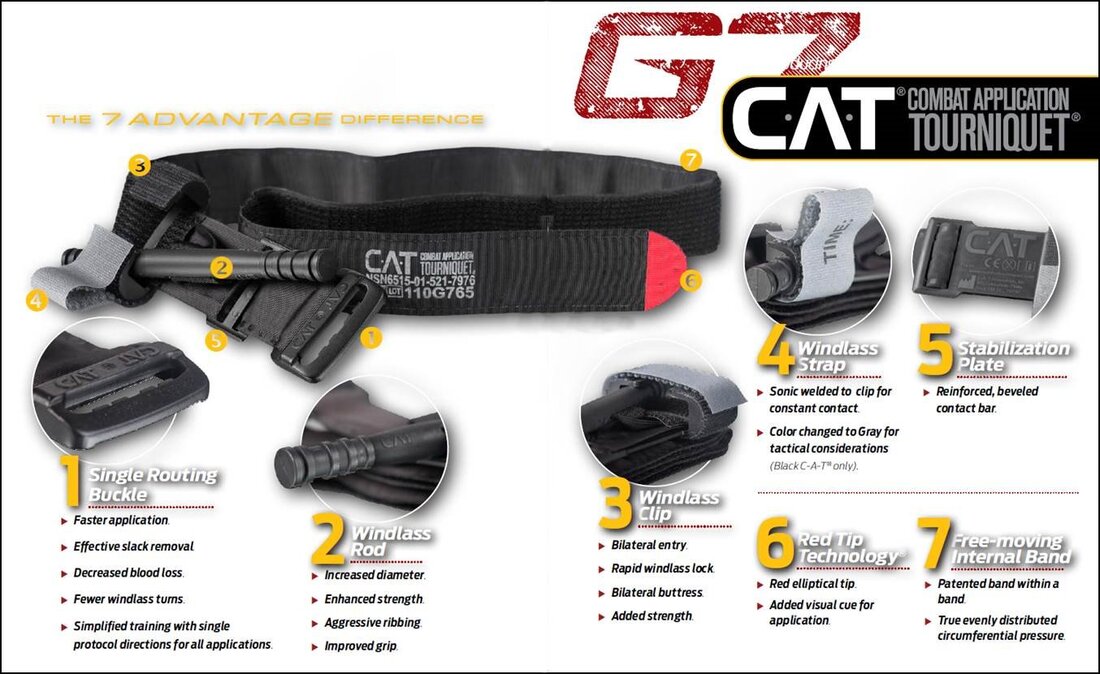
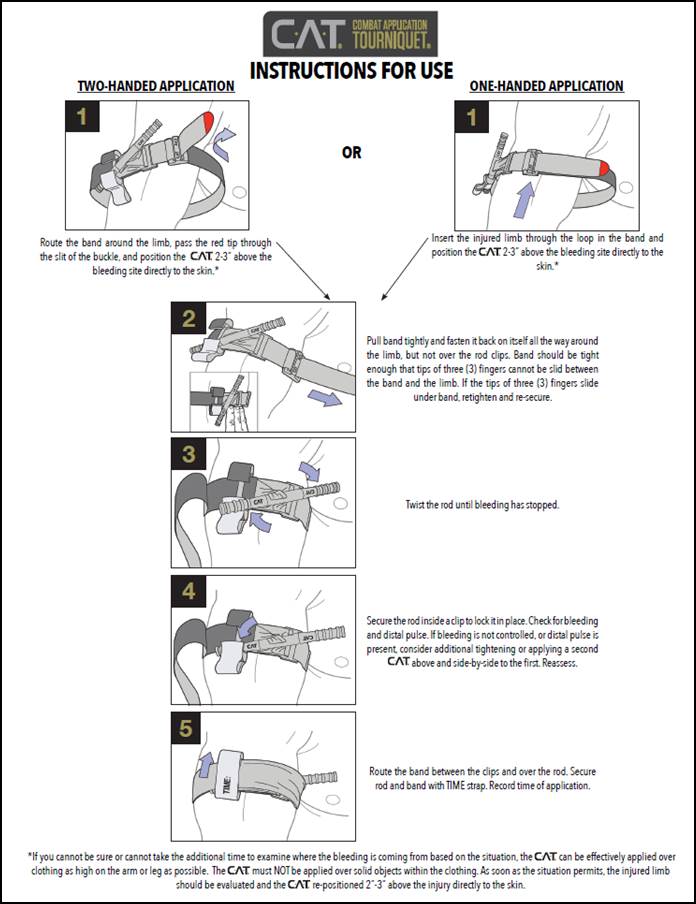
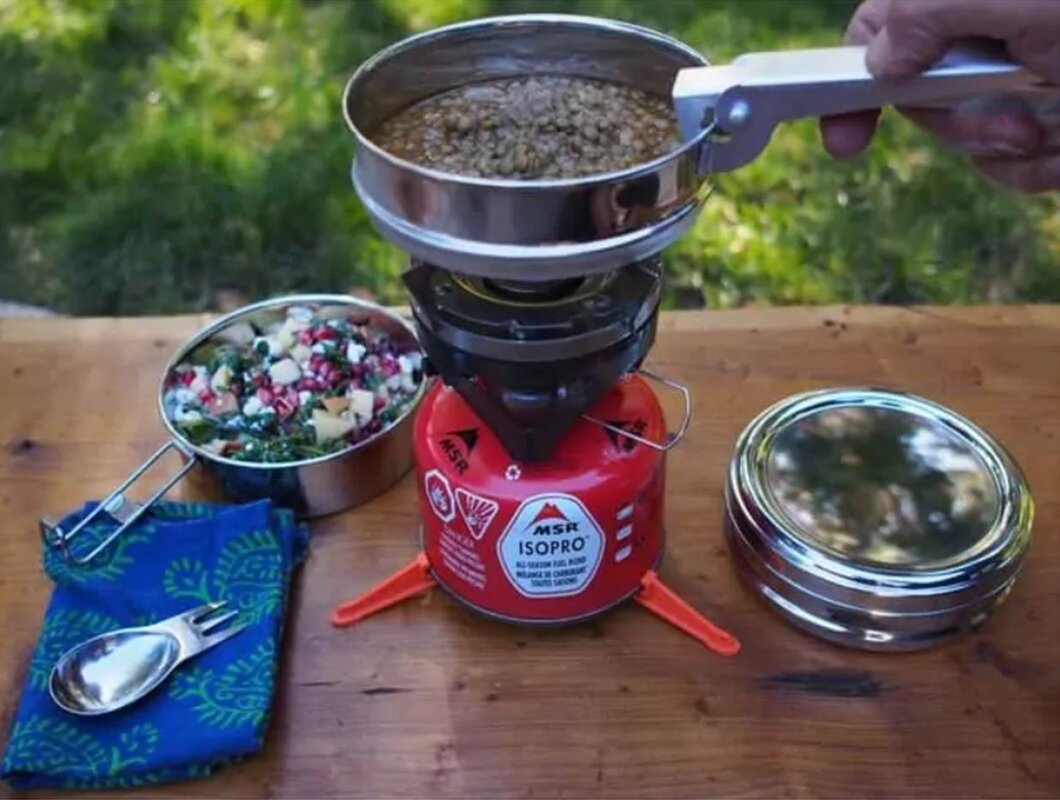
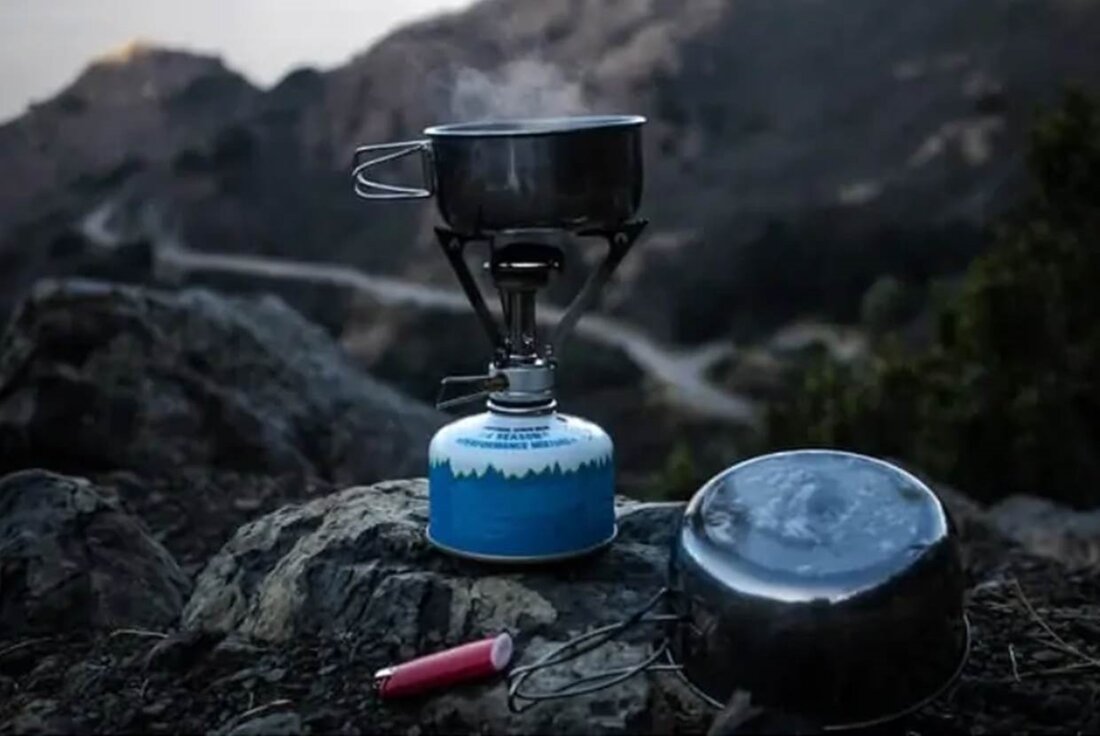
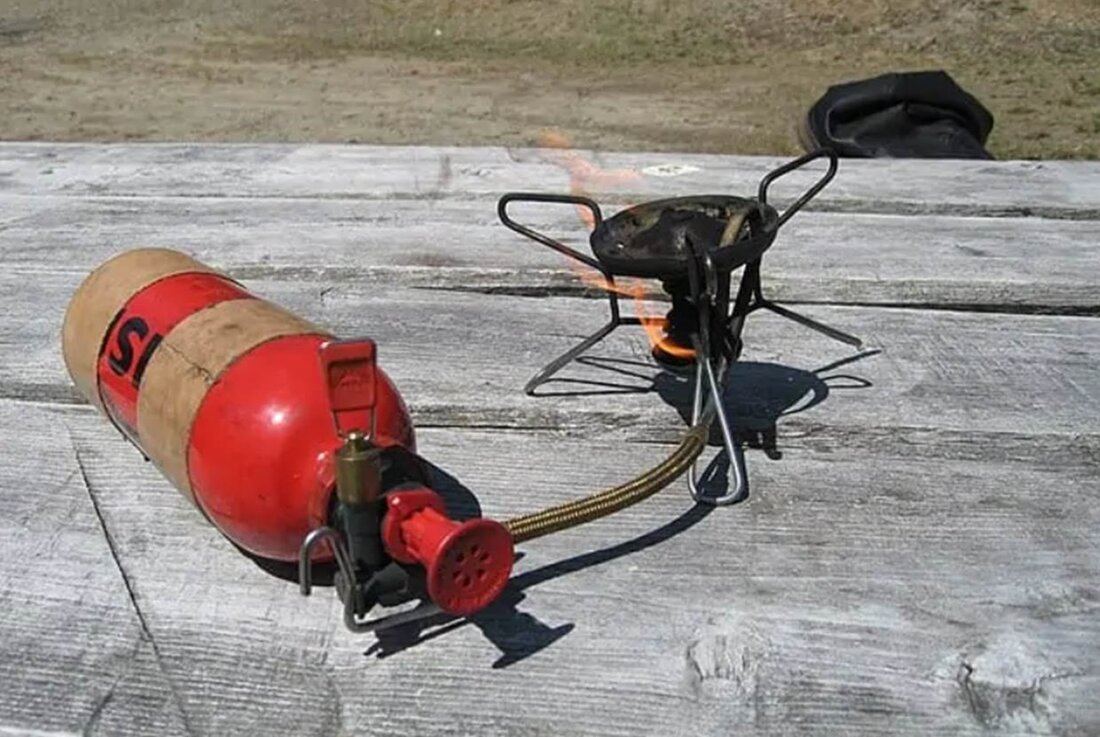


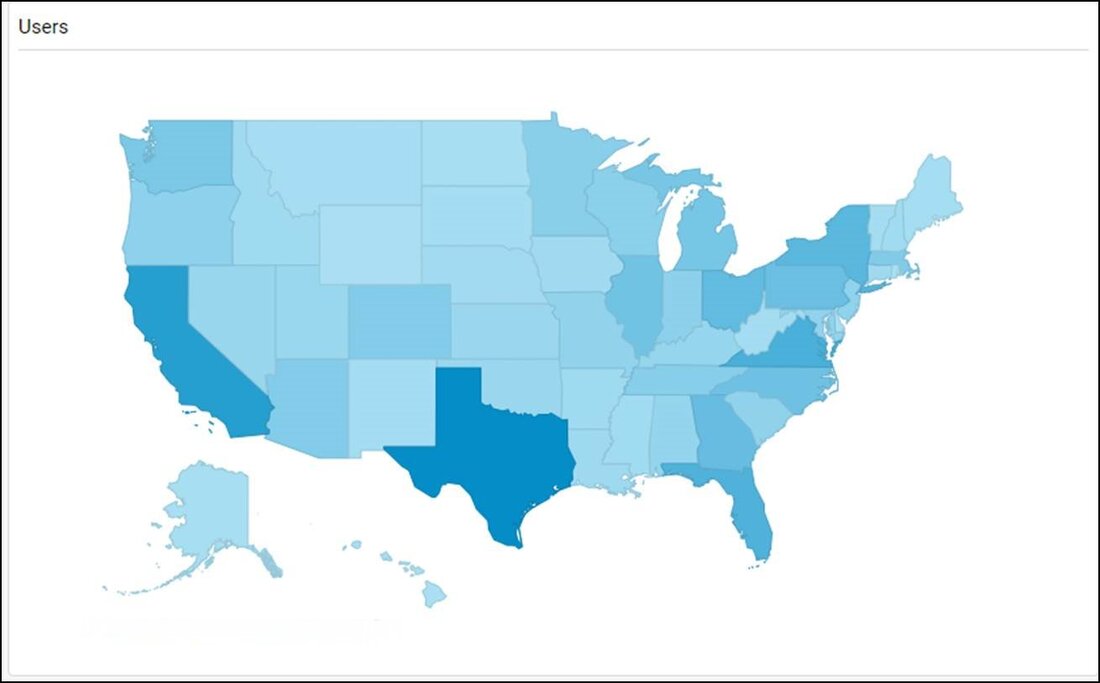




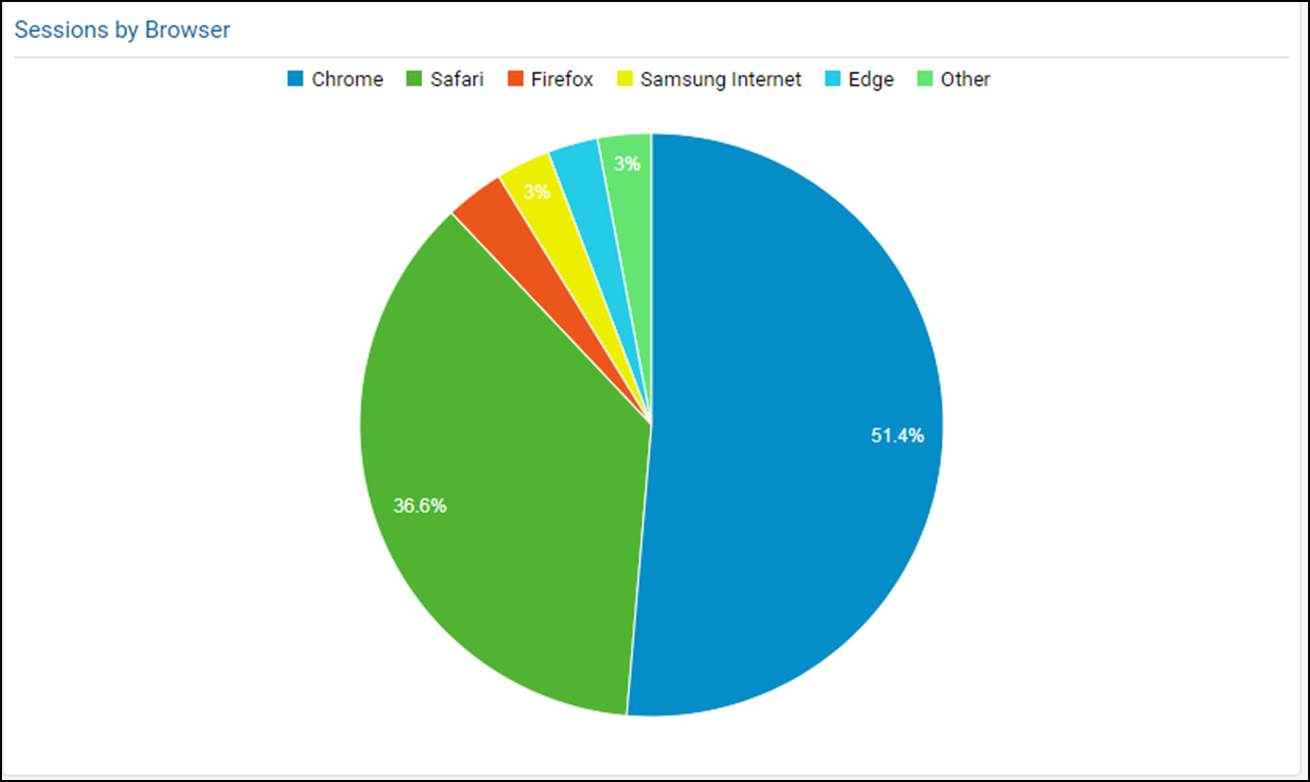

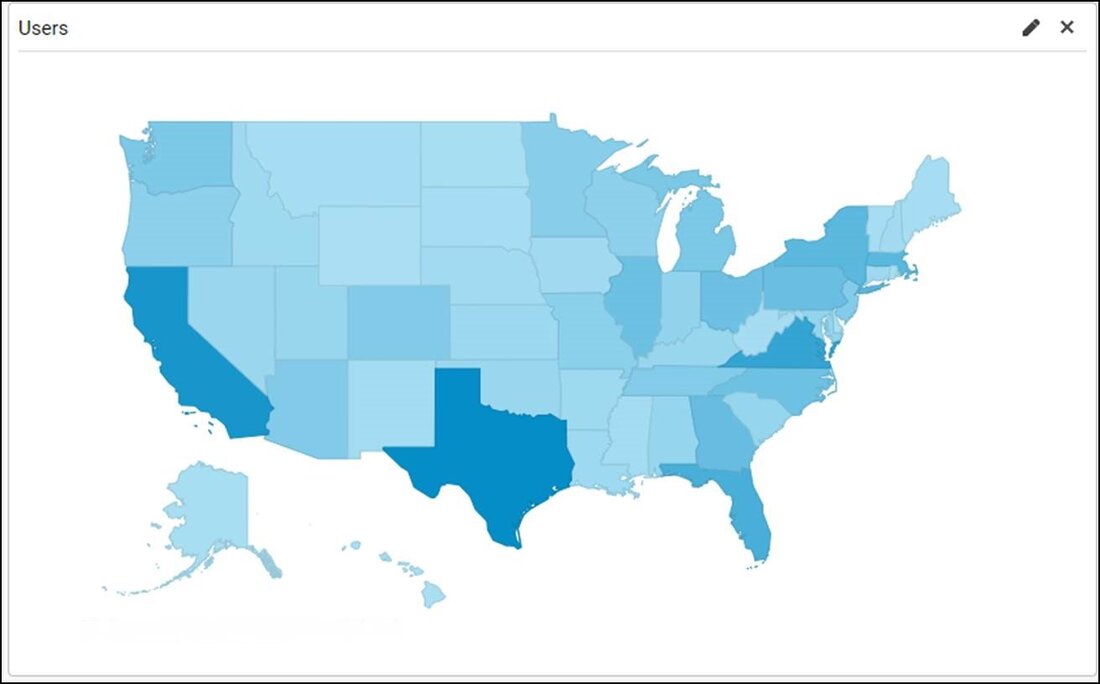









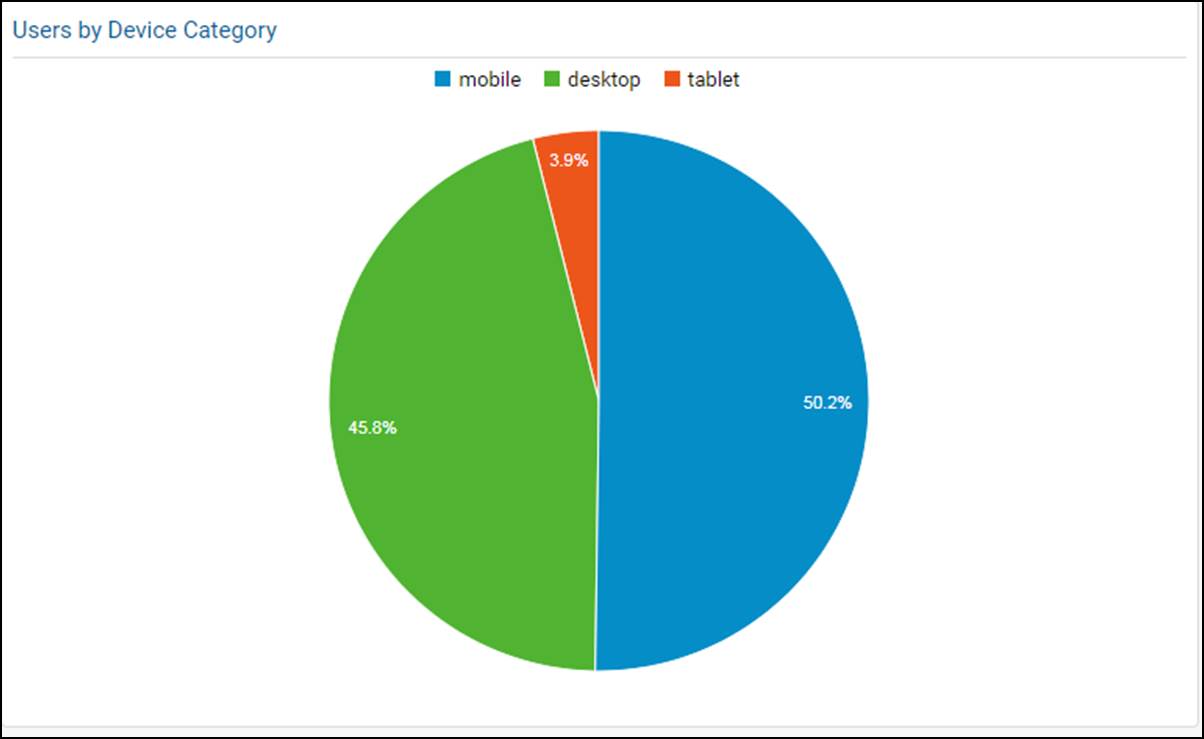

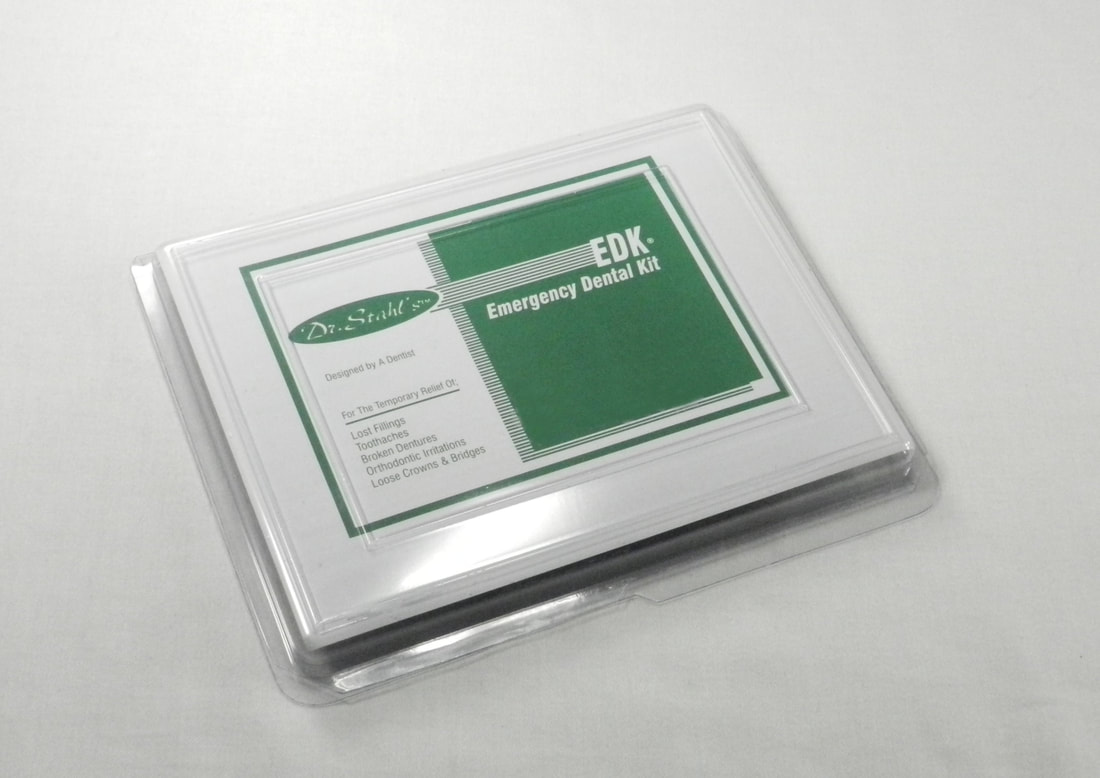
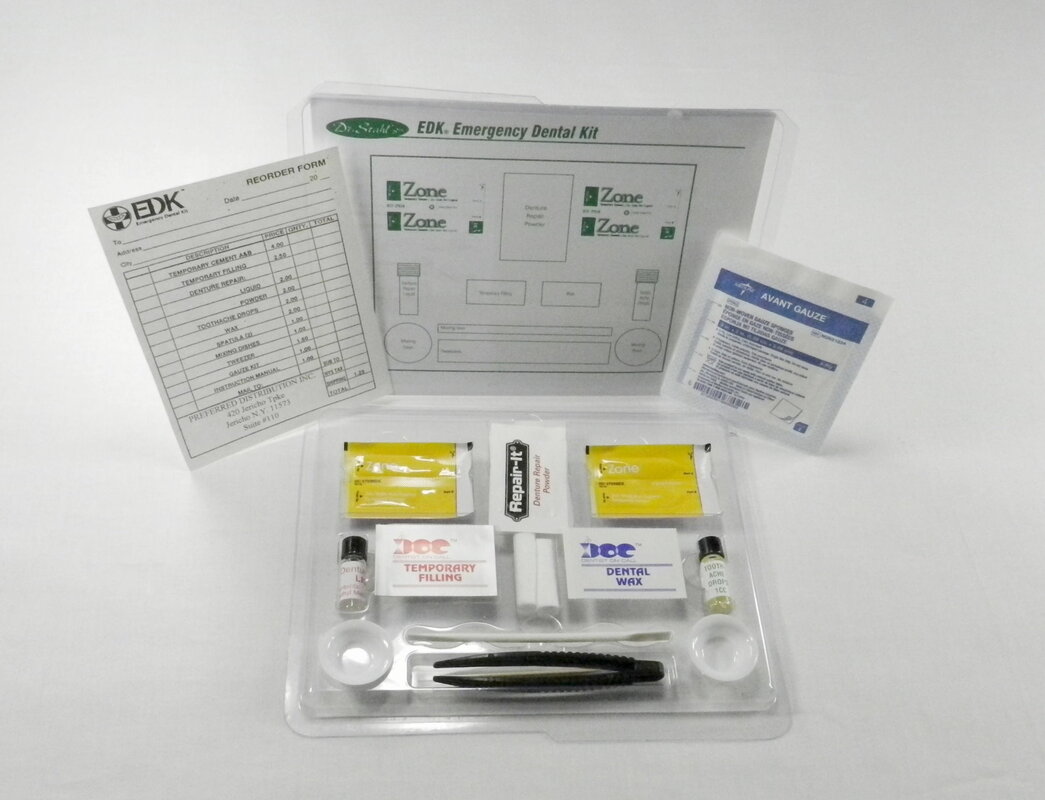


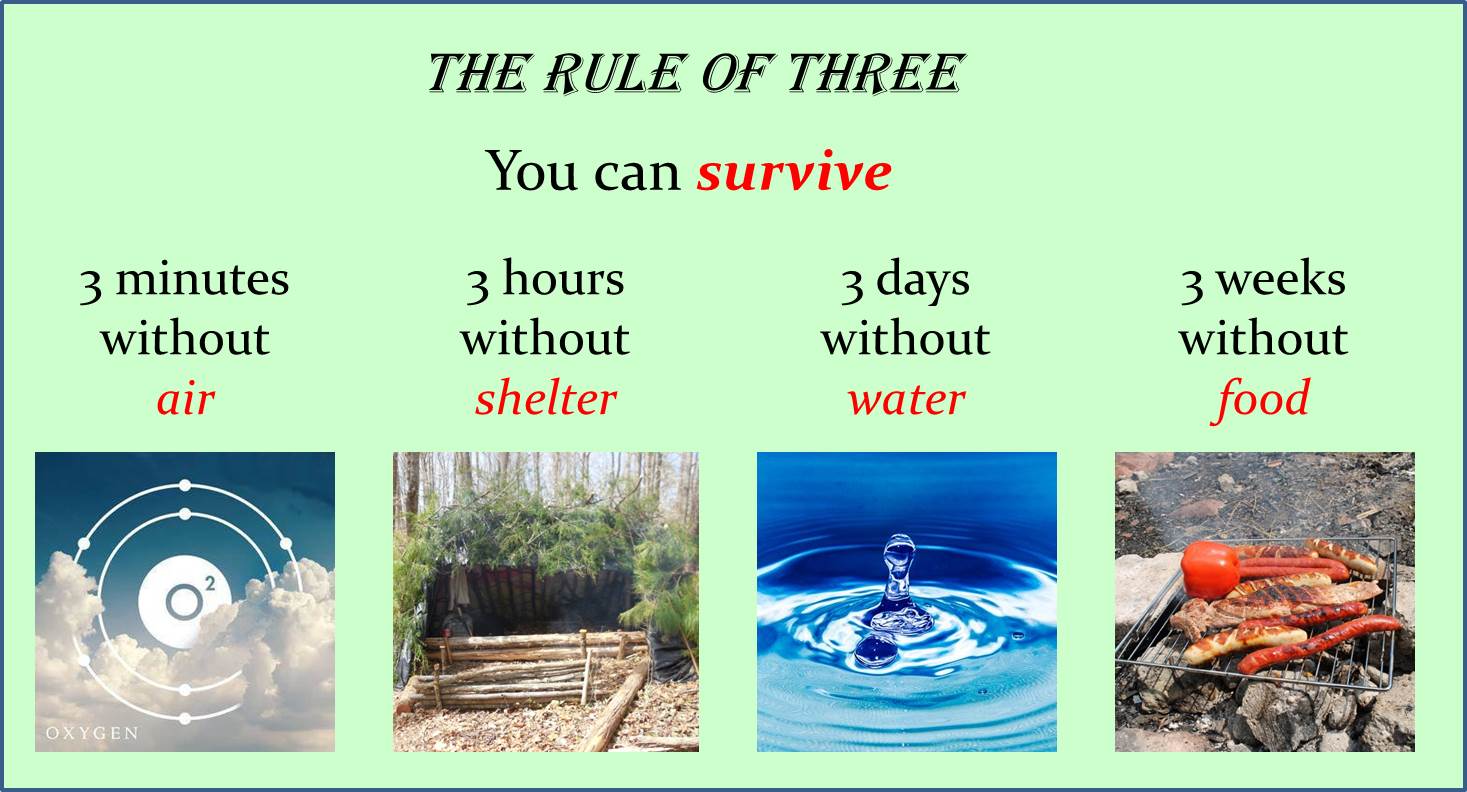
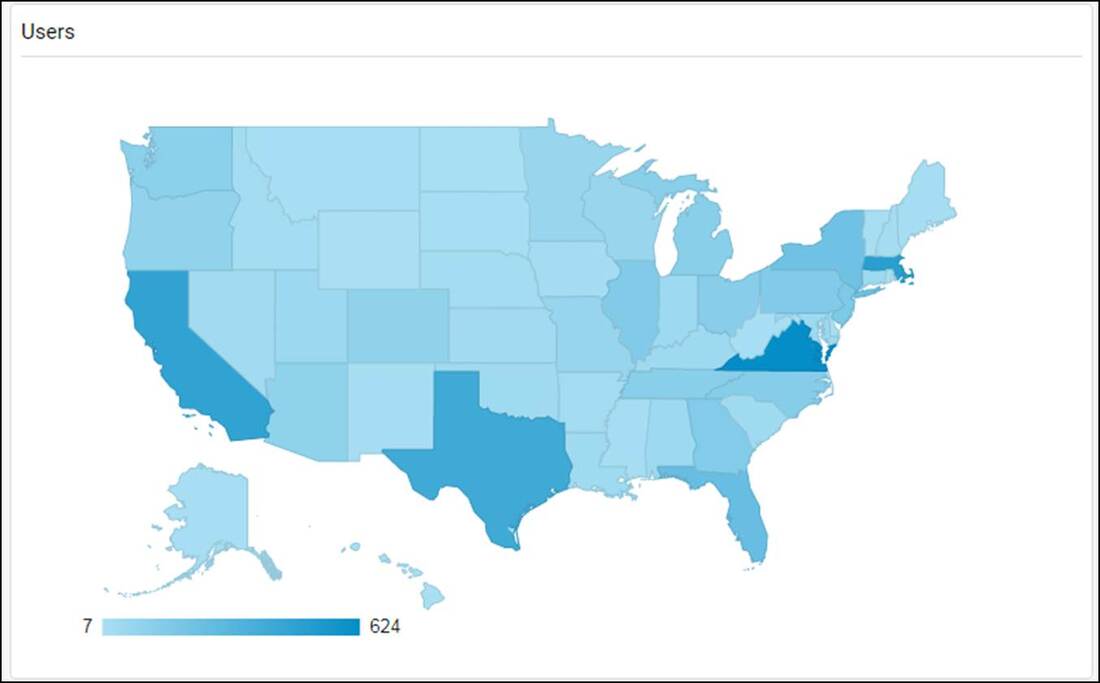




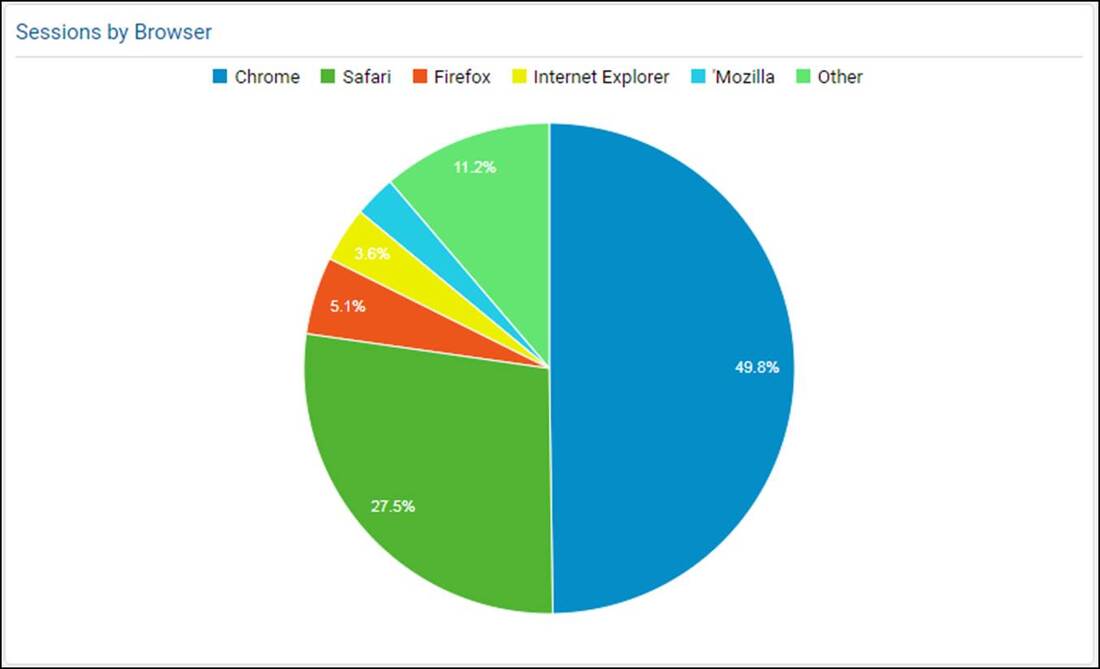

 RSS Feed
RSS Feed